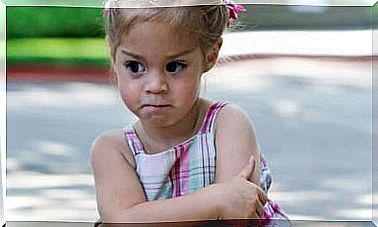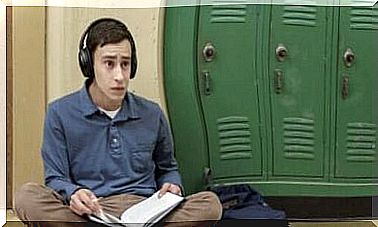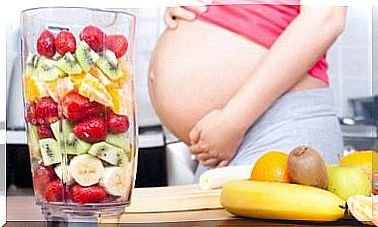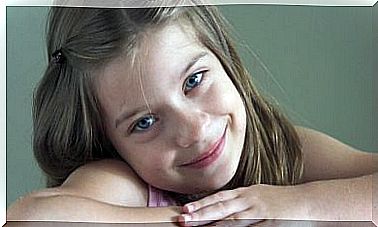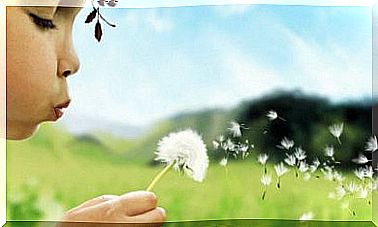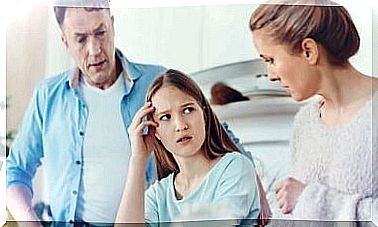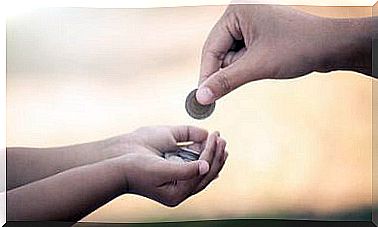Grip Reflex In Babies: What It Is And How To Stimulate
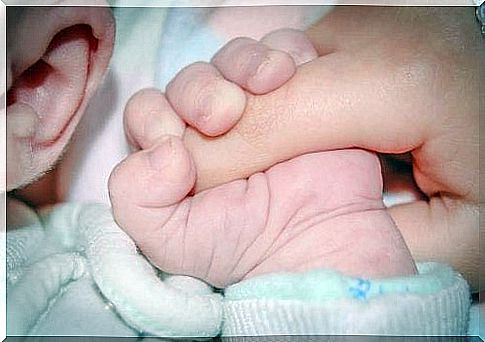
“Have you ever noticed that your baby, even with a few months of life, has the habit of grabbing everything that is close to him with his little hands? This is called a grip reflex and it’s an indicator that your nervous system is working properly.”
During the first few weeks of your baby’s life, there will come a time when he will close his hands to catch everything that touches him or comes close to his palm. This is the grip reflex. Although at first it is involuntary, over time it will become a controlled action.
Few things make us feel more tender than touching a baby’s soft hands. They cause even more tenderness when they start trying to grab everything that is within reach, as it is their first interactions with the environment. The object of these actions can be your fingers, a toy or, when you hold it in your lap, your hair.
In the latter case, when will you prove your true strength and the firmness of the grip caused by the grip reflex. In fact, when he grabs your finger, you can even lift him off the ground without letting go.
The curious thing about the grip reflex is that it is not exclusive to the hands. You may notice that when something brushes against his little feet, he bends his fingers as if to try to catch. According to experts, this represents an evolutionary trait. When our ancestors had hair all over their bodies, this action allowed the child to hold on to the mother in case of danger.

Grip reflex characteristics
Some peculiarities of this reflex are:
- Like any reflex, it is an involuntary act in response to a stimulus that manifests itself in the hands or feet.
- It occurs during the baby’s first and second month of life . The force that a newborn comes to apply in this movement can draw attention.
- It is a sign that indicates the correct functioning of your nervous system. However, if it lasts longer than usual, it is likely that there is some deficiency in this region of the body.
- In the third month, it starts to transform into a softer grip, but with greater movement and control.
- From the fourth month onwards, your senses are much more mature and your actions are intentional and directed. Yet, however, it is difficult for him to calculate distances. Thereafter, his coordination will improve and he will be able to better focus on the desired object and pick it up with both hands.
- In the feet, its presence is prolonged a little longer (between 3 and 6 months of life).
How to stimulate the grip reflex
To exercise this type of movement on a baby, there are a number of very simple activities that you can do every day. The easiest (and therefore not less effective) is to bring your finger close to the baby’s palm and let the baby grasp it.
The plantar grasp reflex can also be practiced in a similar way. Bring your finger or a pencil close to the bottom of your baby’s foot and watch your little toes move. If he closes them as if trying to grab, you’ll see the typical plantar reflex.
On the other hand, it is also possible to work through early stimulation, trying to gain greater mobility, new sensations and awaken your first stimuli.
Anything that involves moving your arms and legs, practicing the conscious use of the senses, and even caressing and relaxation work will help your child get to know your body better and learn how to use it.
Other great allies for this step are music and colorful toys with lights, as your senses of hearing and sight are just beginning to awaken.
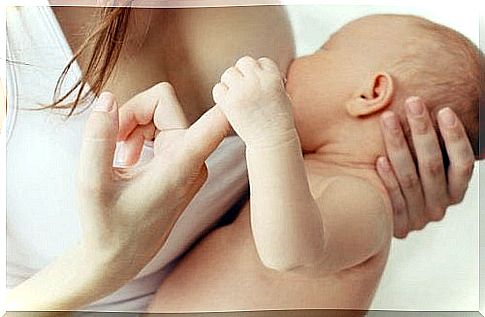
Other common baby reflexes
In addition to the grip reflex, other types of reflexes present themselves during the baby’s first months:
- Moro reflex : is controlled immediately after birth. It consists of causing the baby to start, releasing his head for a few moments.
- Suction reflex : when touching the region around the mouth.
- Gait reflex : Baby tries to walk when his feet touch a hard surface.
- Galant reflex : If the doctor runs his fingers over the side of the newborn (while lying on his stomach) he bends his little body to the stimulated side.
- Other reflexes that continue into adulthood : sneezing, yawning, coughing, nausea and blinking are included here.
